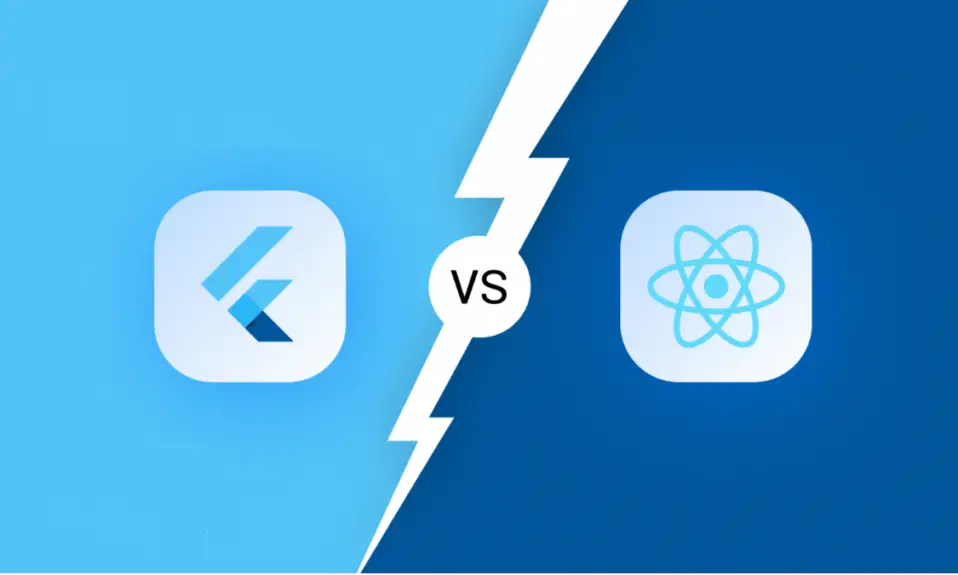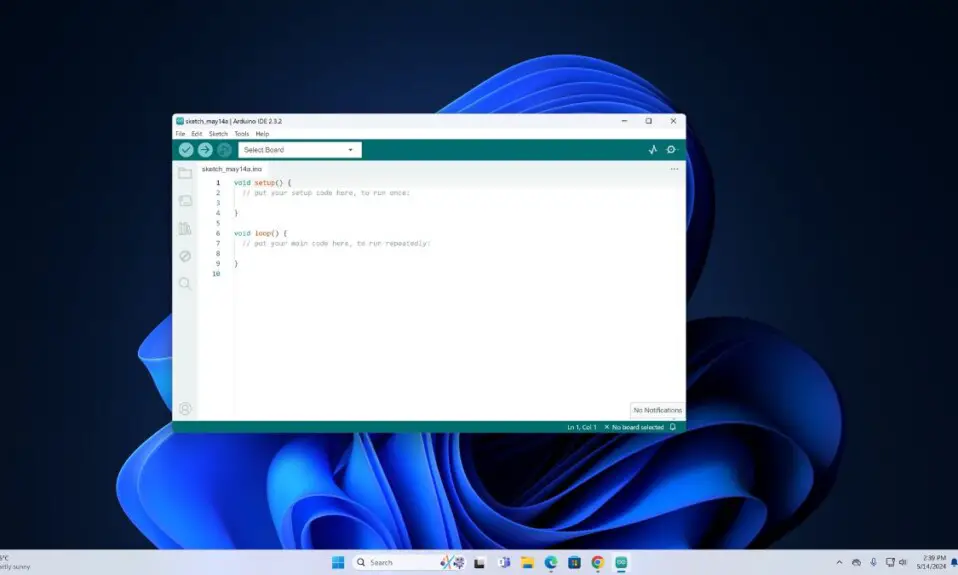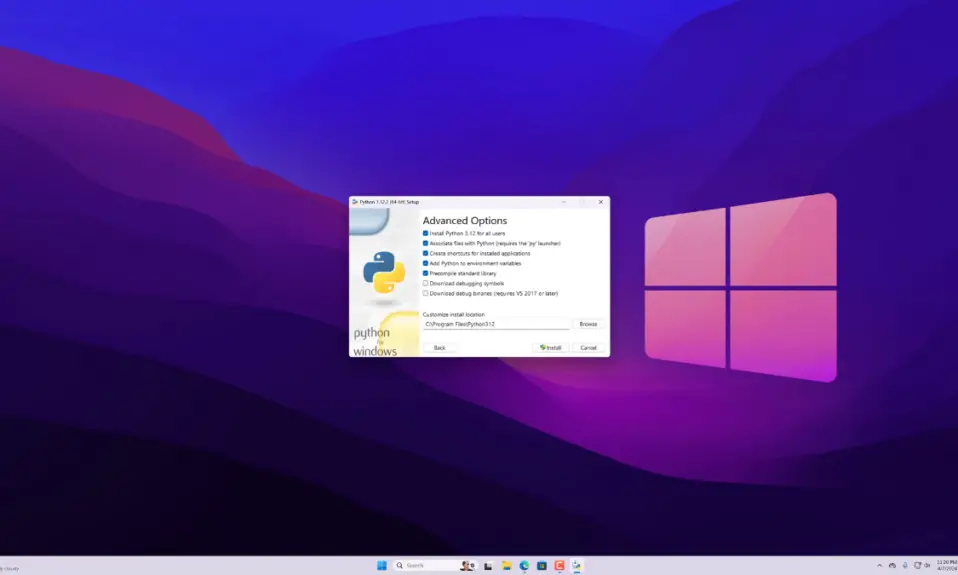
Mobile applications, the latest online business trend for every business, will be valued by current and future generations. Mobile-friendly applications have completely transformed the face of a company since they are far more effective and beneficial.
They help customers connect with the company and forecast loyal customers. Flutter and React Native are the most popular frameworks for developing mobile apps. Here, we’ll discuss the differences between Flutter and React Native so that you can select the best framework for developing mobile applications.
What is Flutter?
Flutter is a mobile UI framework built by Google that can be used to build native Android and iOS apps. It is a free and open-source tool written in the C, C++, and Dart programming languages. As a result, the source code is freely available to download.
Flutter was first launched in May of 2017. It enables developers to build native cross-platform applications from a single codebase. The same codebase, on the other hand, may work flawlessly on two different mobile operating systems, namely Android and iOS.
What is React Native?
React Native is an open-source UI software framework created by Facebook. It allows developers to use the React framework to build apps for Android, Android TV, iOS, macOS, tvOS, Web, Windows, and UWP. With React Native, you can create native apps without compromising the user experience.
React Native is a JavaScript framework based on React, Facebook’s JavaScript library for creating user interfaces. However, instead of targeting the browser, it focuses on mobile platforms to build native web-based applications.
Differences Between Flutter and React Native
After learning about what Flutter and React Native are, let’s now discuss the differences between Flutter and React Native. This way, you can select the best framework for developing your mobile applications.
1. Programming Language
React Native uses JavaScript, one of the most renowned application development languages used across the world, whereas Flutter uses Dart to incorporate the features of React.
A developer uses the JavaScript framework to create a cross-platform application that runs on both iOS and Android. React Native is also flexible, which helps developers create an application with little training, and therefore, companies are more inclined toward it.
Dart was released back in 2011, but developers still prefer JavaScript over it. As Dart supports object-oriented concepts, it is easy for Java developers to understand and work with them. The easy-to-follow documentation makes using Flutter easier than React Native.
2. Installation
The download and installation method is simple and does not need a lengthy procedure, which improves the software’s usability.
Users only need to download the binary from the source. MacOS users need to download flutter.zip and add the file to the PATH variable.
Moreover, Flutter needs to improve the supporting package managers including MacPorts, Homebrew, APT, and YUM, so users need to take an additional step to install it.
On the other hand, React Native can be installed by downloading the NPM (Node Package Manager). Developers from a JavaScript background can easily install React Native, but others need to learn NPM.
3. Technical Architecture
The technical architecture needs to be considered when deciding between a cross-platform mobile application development framework. The JS runtime environment, known as the JavaScript Bridge, surrounds React Native’s architecture. It takes advantage of Facebook’s Flux.
On the other hand, Flutter uses Skia C++ to develop apps, which includes all the necessary compositions, channels, and protocols. Flutter contains huge components that do not need any bridge to interact with native modules.
Conclusion
These are a few differences between Flutter and React Native. As the software is new in the market, it needs several updates and alterations to capture the entire community.
The stats show that Flutter is evolving at an explicit rate. Developers have already started using Flutter and are providing reviews that will make it more effective than others in the market.









